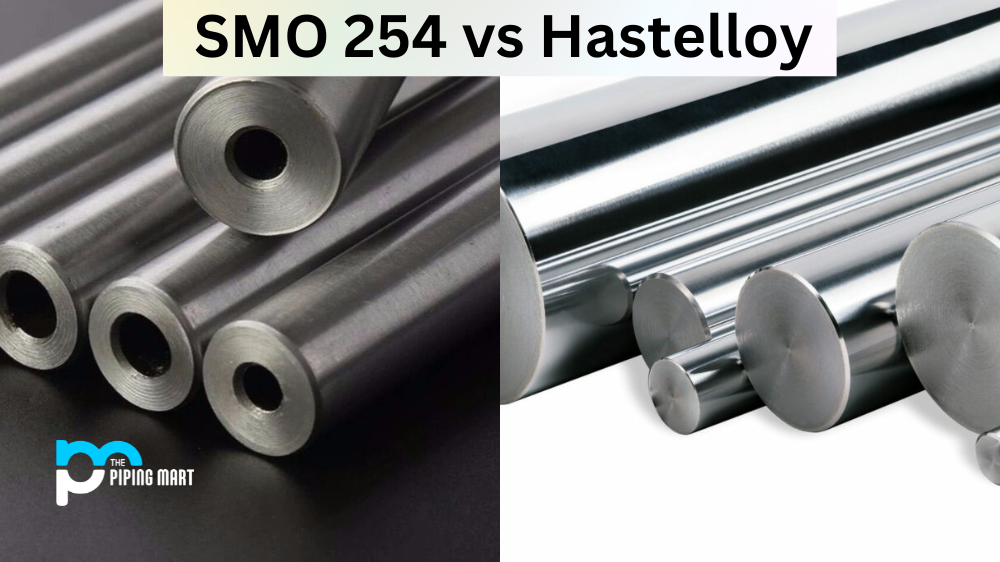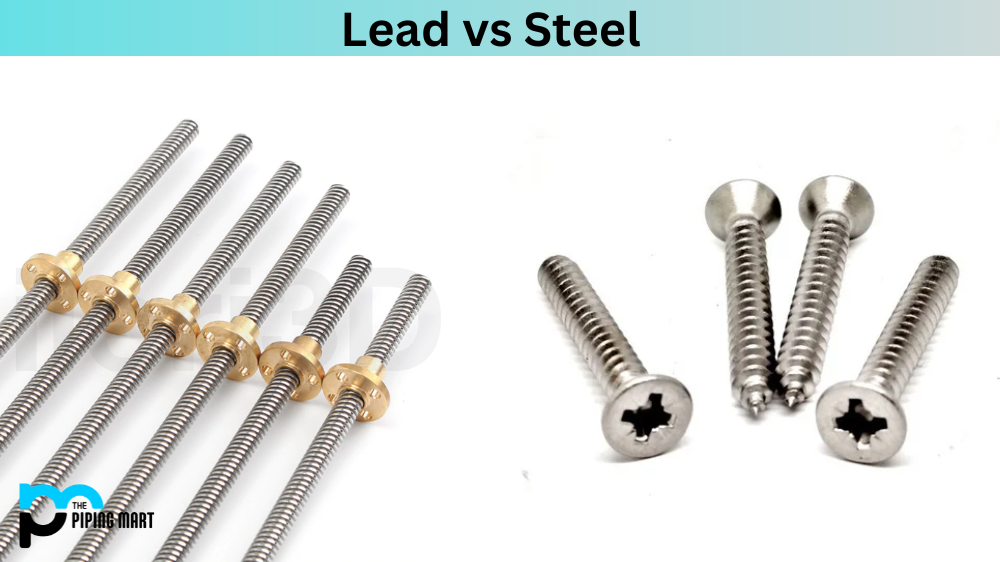Regarding choosing the right material for corrosive applications, SMO 254 and Hastelloy are popular. Although both have excellent resistance to corrosion and high temperatures, their chemical composition, mechanical properties, and cost differ. In this blog post, we’ll explore the differences between SMO 254 and Hastelloy to help you make an informed decision for your next project.
Difference Between SMO 254 and Hastelloy
Chemical Composition
SMO 254 is a highly alloyed austenitic stainless steel that contains 6% Molybdenum, 18% Chromium, and 20% Nickel. It also has small amounts of Copper, Nitrogen, and Carbon. The high Molybdenum content makes it highly resistant to pitting, crevice corrosion, and stress corrosion cracking (SCC) in chloride environments. SMO 254 is commonly used in seawater applications, pulp and paper industries, and chemical processing.
On the other hand, Hastelloy is a family of nickel-based alloys that contain varying amounts of Chromium, Molybdenum, Iron, Cobalt, and Tungsten. The most common types are Hastelloy C22, C276, and B2. Hastelloy C22 contains 22% Chromium, 13% Molybdenum, and 3% Tungsten, which gives it high corrosion resistance in oxidizing and reducing environments. Hastelloy C276 has a higher Molybdenum content (16%) and is highly resistant to crevice corrosion and SCC in chloride environments.
Mechanical Properties
SMO 254 and Hastelloy have excellent mechanical properties but differ in strength and ductility. SMO 254 has a higher yield strength (300 MPa) and tensile strength (650 MPa) compared to Hastelloy C22 (250 MPa and 650 MPa, respectively) and Hastelloy C276 (270 MPa and 690 MPa, respectively). SMO 254 also has higher hardness and toughness than the Hastelloy alloys. However, Hastelloy has better ductility and can be formed and welded more easily than SMO 254.
Cost
SMO 254 and Hastelloy’s costs vary depending on the grades and sizes. Generally, SMO 254 is more expensive than Hastelloy due to its higher Nickel and Molybdenum content. Hastelloy C22 and C276 are cheaper than SMO 254, but Hastelloy B2 can be more expensive due to its higher Tungsten content. However, the cost of the materials should be one of many factors when choosing a material for a corrosive application. Performance, maintenance, and life cycle should also be considered.
Applications
SMO 254 and Hastelloy have various applications in various industries, including chemical processing, pulp and paper, desalination, power generation, and oil and gas. SMO 254 is commonly used in seawater desalination plants, heat exchangers, and pressure vessels. Hastelloy C22 is used in flue gas desulphurization systems, chemical reactors, and evaporator tubes. Hastelloy C276 is used in sour gas environments, chemical processing, and nuclear applications.
Conclusion
In summary, SMO 254 and Hastelloy are excellent for corrosive applications but have different chemical compositions, mechanical properties, and costs. SMO 254 has higher strength and hardness, while Hastelloy has better ductility and is easier to form and weld. SMO 254 is more expensive than Hastelloy but offers higher resistance to chloride environments. Choosing the right material for your project requires careful consideration of performance, cost, and maintenance. Get expert advice from your steel supplier or corrosion specialist before making the final decision.

Meet Bhavesh, a seasoned blogger with a wealth of knowledge and experience. From metal products manufacturing to retail, Bhavesh has a diverse background in various industries and is dedicated to sharing his insights and expertise with readers.




